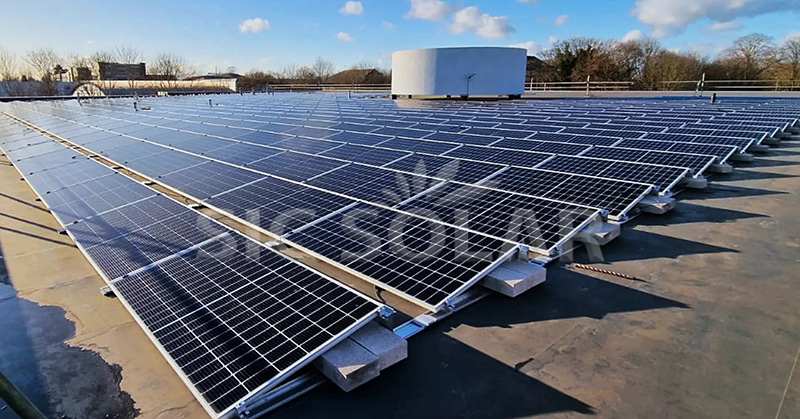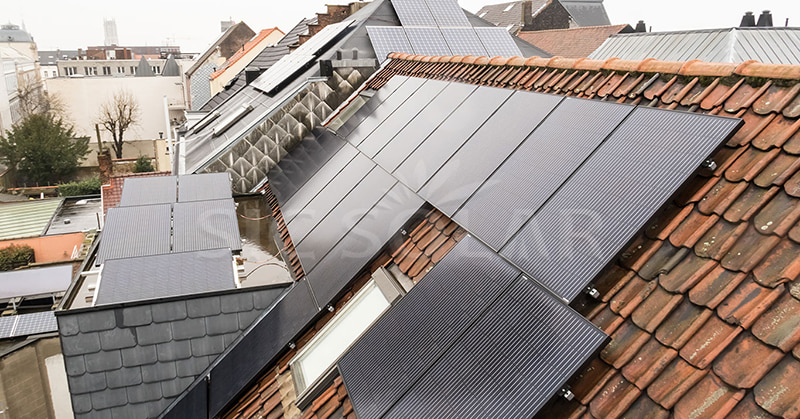Can Solar Panels Go on Any Roof?
|
As solar energy continues to rise in popularity, many homeowners and businesses are looking to take advantage of this sustainable energy source. However, one common question that arises is, "Can solar panels go on any roof?" The short answer is, "Not necessarily." While solar panels can be installed on most types of roofs, several factors play a crucial role in determining whether a roof is suitable for solar panel installation.
Factors to Ponder Before Installing Solar Panels
- Asphalt Shingles: These are very compatible with solar panels. Roof hooks can be easily fitted into the rafters, and there are mounting systems designed for quick installation.
- Metal Roofs: Standing seam metal roofs are excellent for solar panel installations. They allow for easy mounting without drilling, as brackets can be clipped into the seams. Non-standing seam metal roofs can also accommodate solar panels but require specialized mounting systems.
- Tile Roofs: Concrete and clay tile roofs present a challenge but are not impossible for solar panel installations. Roof hooks and brackets can be used, but care must be taken to avoid damaging the tiles.
- Slate Roofs: Installing solar panels on slate roofs is feasible but requires expertise. Slate is delicate, so a mounting system that minimizes roof penetration is crucial. Specialized roof hooks are often used to secure the panels without harming the tiles.
- Sloped Roofs: These naturally provide an angle conducive to solar panel installation, influencing panel orientation to capture maximum sunlight.
- Flat Roofs: Flat roofs lack a natural pitch, but ballast mounting systems or adjustable racking systems can tilt the panels to the correct angle, making installations possible.
Challenges with Specific Roof Types
- Asbestos Roofs: Installing solar panels on asbestos roofs is discouraged due to health risks associated with disturbing asbestos-containing materials. If you have an asbestos roof, consider replacing it with a safer material before installing solar panels.
- Flat Roofs Without Proper Racking: Flat roofs can be difficult for mounting solar panels without the right racking system, leading to suboptimal panel angles and reduced efficiency. Ballast systems and adjustable racks are essential for flat roofs, ensuring panels are tilted to capture sunlight effectively.
- Old or Damaged Roofs: If your roof is old or damaged, it may not support the weight of solar panels and mounting equipment. Repair or replace the roof before considering solar installation. A solid, undamaged roof is crucial for maintaining the long-term integrity of both the roof and the solar panels.
How SIC Solar Simplifies Solar Panel Installation
- Durable and Corrosion-Resistant: SIC Solar mounting systems are crafted from high-quality materials like aluminum and stainless steel, ensuring durability and resistance to harsh weather.
- Easy Installation: SIC Solar mounting structures are designed for quick and easy installation, reducing time and labor costs. Their systems are versatile, providing secure mounts on various roof types without compromising the roof's integrity.
- Flexible Solutions: SIC Solar offers mounting systems tailored to your roof's specific needs. From roof hooks for pitched roofs to ballast systems for flat roofs, their solutions ensure that solar panels are securely mounted at the optimal angle for maximum energy production.

